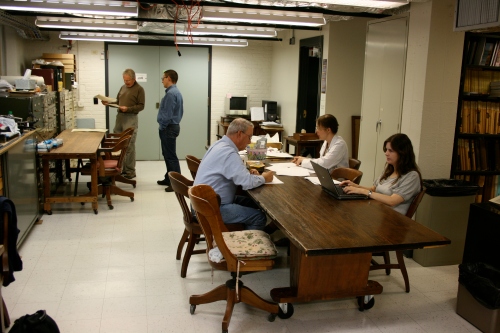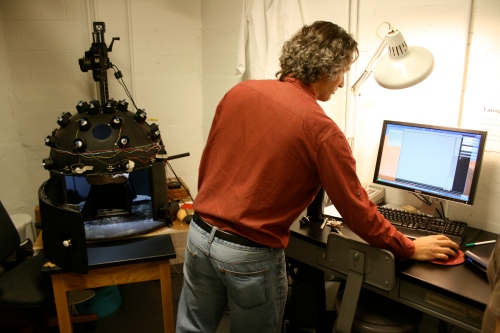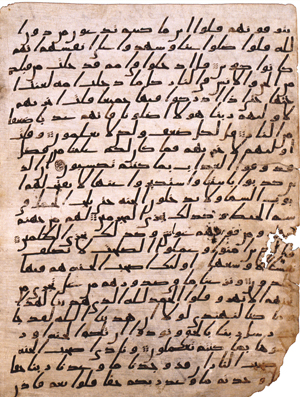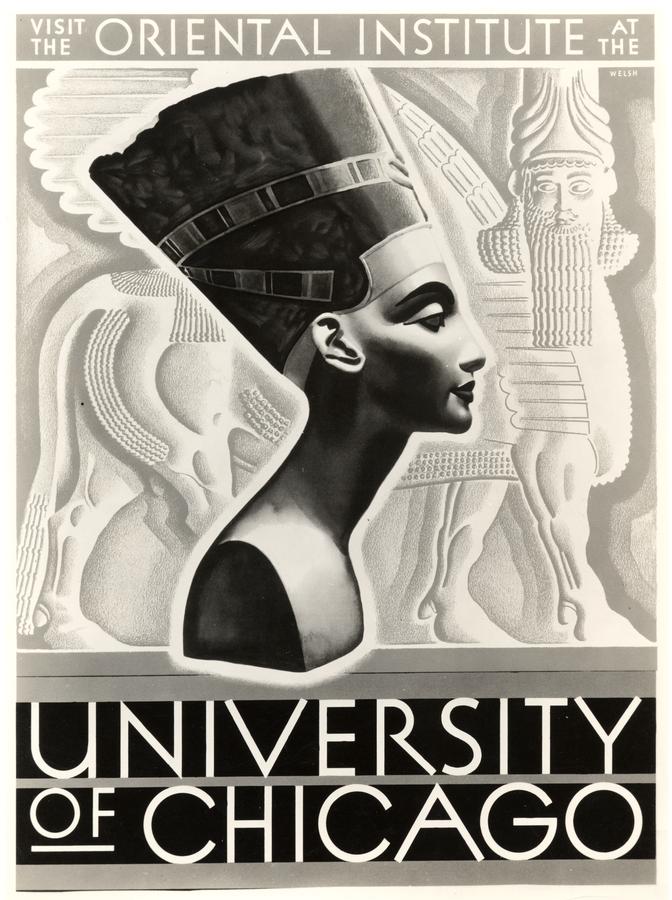Matt Kohlstedt is writing a PhD dissertation:
From Artifacts to People Facts: The Archeological Origins of Middle East Area Studies in the Department of American Studies at The George Washington University.
As a part of his research program, he received a grant from the
Rockefeller Archive Center, and the report he submitted to them is available online:
The Rockefeller Archive Center's (RAC) holdings are vital to my dissertation titled, “From Artifacts to People Facts: The Archeological Origins of Middle East Area Studies,” which traces the origins, content, and ramifications of interwar American academic interest in the Middle East, showing how that knowledge was utilized during the wartime and postwar expansion of the U.S. sphere of influence in the Middle East. This project is not about all of America's imaginative investment, but is rather about a relatively small group of scholars who had an outsized influence on America's relationship with the region as a whole. As U.S. interests expanded during and after World War II, this accumulated knowledge influenced governmental policies and actions, including the increased use of propaganda as a method of peddling influence through deception. . .
Most scholarship on the Oriental Institute (OI) – an archeological institution established at the University of Chicago in 1919 – focuses on the archeological expeditions and excavations made by the Institute, which were financed through the Rockefeller Foundation (RF) and family, mainly John D. Rockefeller, Jr. (JDR Jr.). Although the discoveries and work completed by the Oriental Institute are significant for the field of archeology, my primary concern is not with the discoveries that were made, but rather with the contacts that were made between the OI and local workers on various expeditions. During and after WWII, American scholars who were trained as archeologists transitioned into ethnological work, where they drew on their experiences on archeological digs in order to bolster their claims about Middle Easterners. Although the RAC does not hold significant archeological expedition reports, it does hold the administrative records that explain how funding was apportioned and justified. Such records are essential to understanding how a shift in foundational emphasis may have affected the OI's scholarly focus. . .
CONCLUSION
During the 1920s and 1930s, the principle American academic interest in the Middle East was expressed through archeological expeditions that sought to illuminate the history of the ancient world. James Henry Breasted, the founder of the Oriental Institute, used Rockefeller money to mount numerous expeditions to the Near East, returning to Chicago with a trove of artifacts. A variety of factors, including the global Depression and Middle Eastern nationalism, decreased access to artifacts. The shifting interests of John D. Rockefeller, Jr. and Rockefeller Foundation officers also reduced the scope and scale of archeological expeditions. Studies of the contemporary Middle East were seen as more relevant to the RF's mission, as well as to the broader interests of the U.S. government. World War II solidified this trend, as many archeologists were brought into government service to formulate propaganda and policy towards Middle Easterners.
Towards the end of the war, John Wilson, Breasted's successor, attempted to make the OI the finest center for the study of the contemporary Middle East. His attempt failed due to the resistance of his colleagues, but his failure pointed towards the ways in which area studies would come to be constituted during the 1950s. The Rockefeller Foundation maintained its interest in the Middle East, but channeled its money instead towards Princeton University, where the Department of Near Eastern Languages and Literatures, under Philip Hitti, would benefit from additional funds that might have gone towards the Oriental Institute. This missed opportunity and subsequent shift eastward is an essential part of understanding how Middle Eastern area studies came into being in the United States during the early postwar period.
The
full report is well worth reading. I look forward to reading the complete dissertation.





























 Stumble It!
Stumble It!

